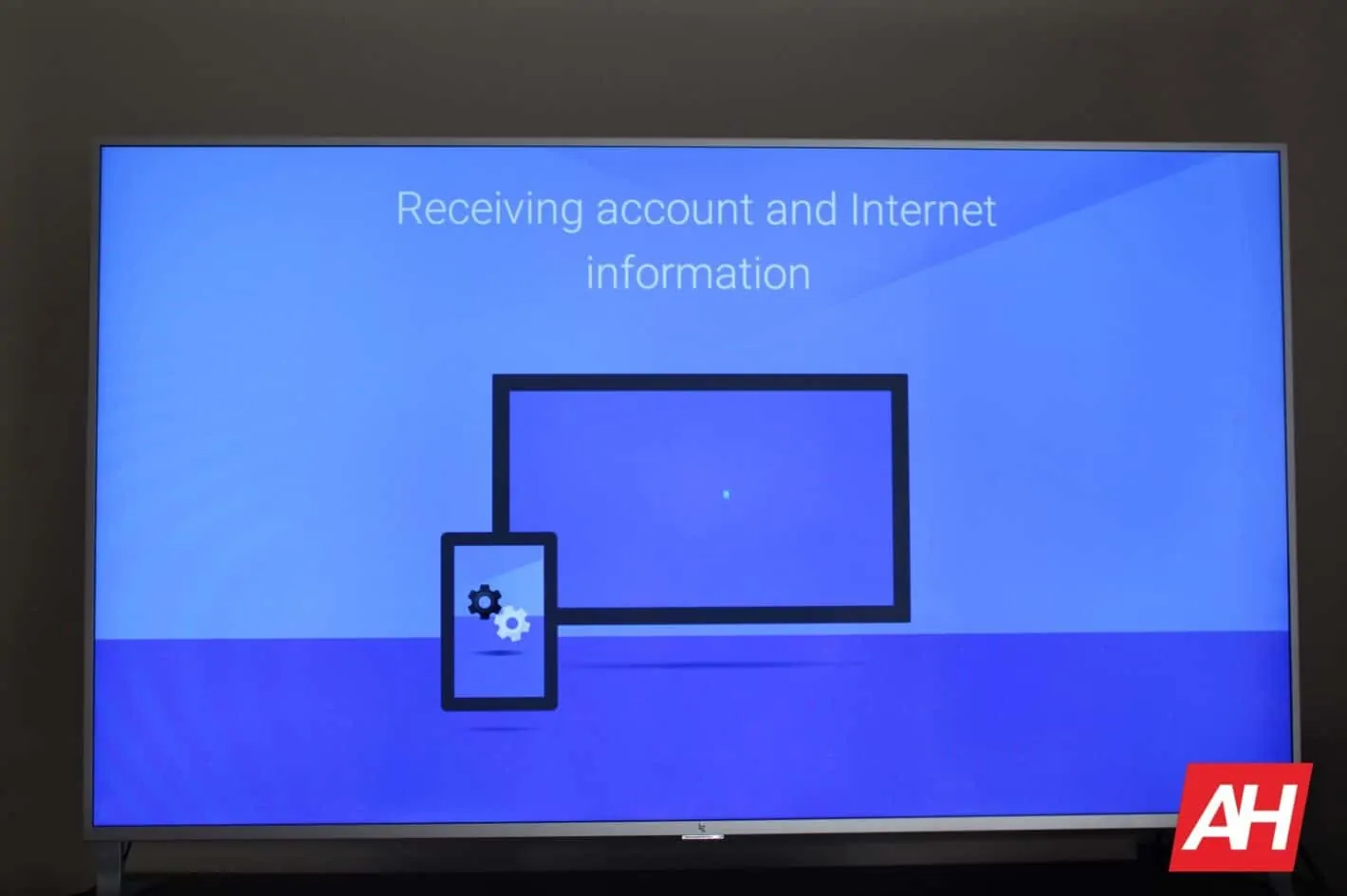One of the benefits of Android TV is its open nature that allows device owners to customize the experience to better suit their individual needs. One of the downsides of Android TV (compared to its mobile counterpart) is the greatly reduced number of available apps that have been optimized for the Android TV platform. Generally speaking, while this is an issue, it’s not too much of an issue as device owners do have the option of sideloading an app. Yes, sideloading usually results in a lesser experience, but lesser is still more than no experience. This is just one example of how open the platform is and how users can shape the experience to be more in tune with their unique requirements. Though, this additional accessibility is likely to be greatly reduced in the future.
In recent months, one of the big industry movements for Android TV has been the embracing of the platform by operators and providers. This is understood to be seen as not just beneficial to Android TV, but downright necessary for the platform to gain greater levels of adoption. For example, if an operator or provider decides to build its next STB based on Android TV, then even users who are unfamiliar with the platform will be exposed to it simply by upgrading their box when the time comes. As is the case with most things like this, half the battle of increasing product or service adoption is exposure. So while the emergence of provider and operator embracing is ultimately a good thing, aspects like user ability may prove to be one of the costs – as well as the general open nature of Android TV.
Take Irdeto, for example. A couple of months ago the digital platform security company announced its latest product Irdeto Armor, and this is no ordinary product as it has been purpose-built to become a go-to Android TV security solution. Again, while this sounds like a good thing — as more security always equals better, right? — this is an Android TV security solution primarily designed with the providers and operators in mind. As the company puts it, Irdeto Armor “provides operators with the ability to securely manage this open platform.” And manage is the key word here as Irdeto Armor will primarily look to lock down Android TV implementations to coincide with the needs and desires of the provider/operator. If, for example, your provider decides it does not want its customers (you) accessing content that is not pre-loaded on the device, then Irdeto Armor will stop the user (you) from installing that content. The original launch press release blatantly says as much, stating “preventing loading of unauthorized software” as well as “managing content piracy.”
While the latter is an obvious example of where providers do need to protect themselves, it does raise the question of what is defined as content piracy now. If this type of solution is largely designed to protect providers from abuse by device users, and adopts a more robust defense against them, than one might assume content piracy in every sense is likely to be in effect. For example, screenshots and screen capturing could almost certainly be considered content piracy – if a provider deems it to be. Although the average Android TV user might distinguish between capturing a screenshot to share on social media (or recording a couple of seconds/minutes of game footage to boast to friends) and recording entire movies and shows with an intent to distribute, would a provider make that same distinction? More importantly, would a security solution? The answer is probably, no.
To be fair, this sort of advanced security is not new as there are already Android TV-powered products that do restrict access to aspects such as screenshots (for example, some devices will not let you take a screenshot in certain apps – usually live or on-demand content-based apps). However, what this approach seems focused on is a blanket ban on such behavior, one that is system-level, compared to the app-level protections currently in use. Which, once again, highlights the same key point, as solutions like this are all about giving the provider total control over how the consumer engages with a product. Of course, some will say that’s fine. If you don’t want to be restricted in the ability to take screenshots or sideload apps, then don’t buy that box and go with a third-party device. And this would be a valid point if there was enough third-party options available. As it stands right now, there’s not. There’s less than a handful of box-based options you can buy in the US and although more might come through in the future, there is the very real possibility that none will come through. After all, what would be the point in any third-party company investing time, money, and resources in Android TV R&D when every TV and every STB already comes with Android TV installed. Even if a company was able to work an individual selling point (for example, NVIDIA and gaming), considering the widespread availability of Android TV (based on TV manufacturer and operator backing), would there be enough demand for that specific selling point for a third-party manufacturer to justify the outlay? Even if the manufacturer did, then it might only be for that one box that comes through next and no additional-generation models.
If TV makers and content providers achieve their goals and bring Android TV to saturation, then it seems highly unlikely consumers will be given a choice on what type of Android TV experience they encounter anymore. Instead, consumers will opt for this particular TV or that price-per-channel-driven content package and end up with the Android TV experience the maker or provider has defined. While screenshots and sideloading sound like superficial examples (and they are), they are only examples to illustrate the point – how the shifting of Android TV control from the user to elsewhere is already in effect, as the very nature of these solutions suggest whatever it is the manufacturer or provider wants to control, they will be able to in the future. In fairness, there are two sides here and just as much as the user experience matters, so does the provider’s ability to protect its products, customers, and especially its customer data. And on that basis, security can only be considered a good thing.
The issue that may prove to be a greater and more fundamental one in the not-too-distant future is how Google’s need to turn to operator-backing to increase Android TV adoption may also prove to be what limits and restricts the user experience to the point where it’s as closed as the STB box market was prior to the emergence of streaming. For those who now might argue this is a bit of a dystopian viewpoint and draw on mobile Android as an example of how the future can be brighter, and more open than suggested here, keep in mind that unlike your smartphone, your Android TV device is a very different proposition. It’s by definition a DRM content-driven entity and protection of that content is what will matter most to operators and providers following the cord-cutting revolution. Not the user’s ability to do what they want – even if it’s only taking a screenshot or sideloading an app.

